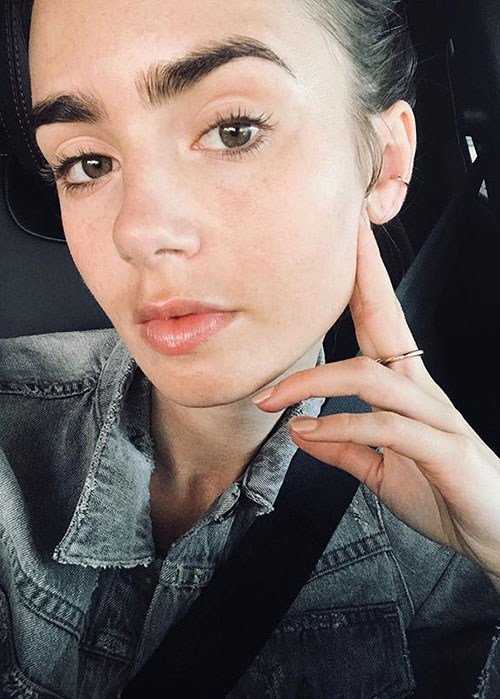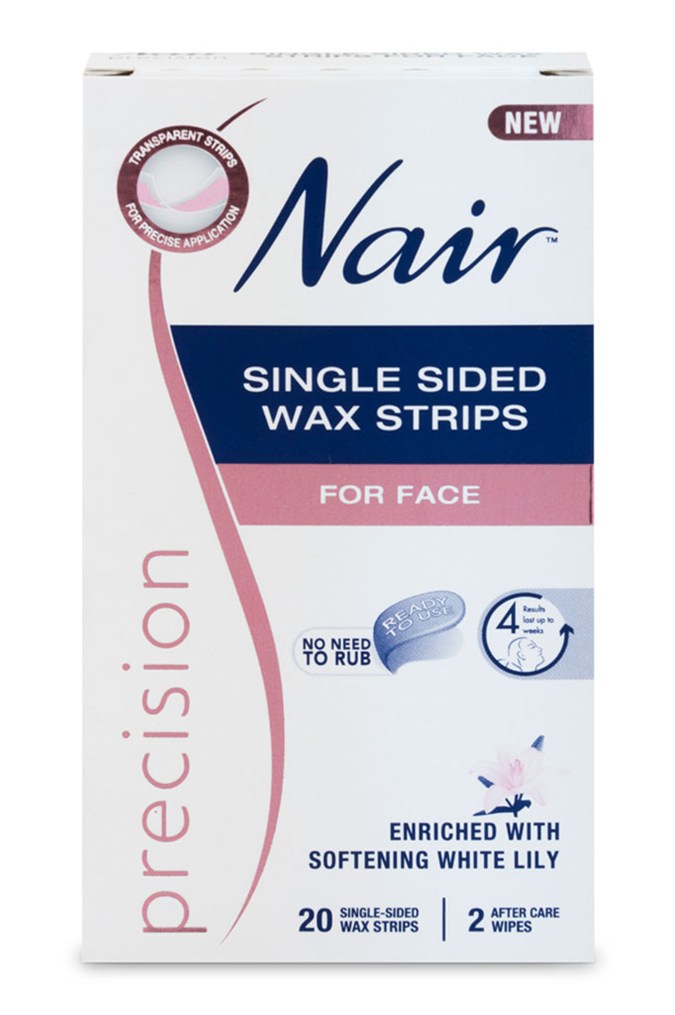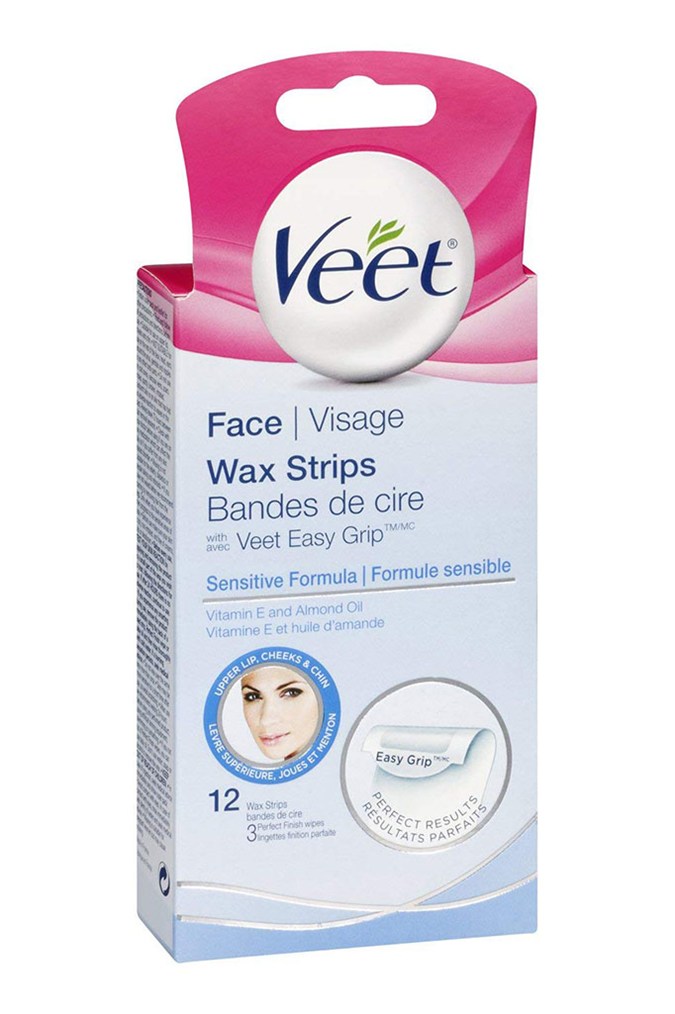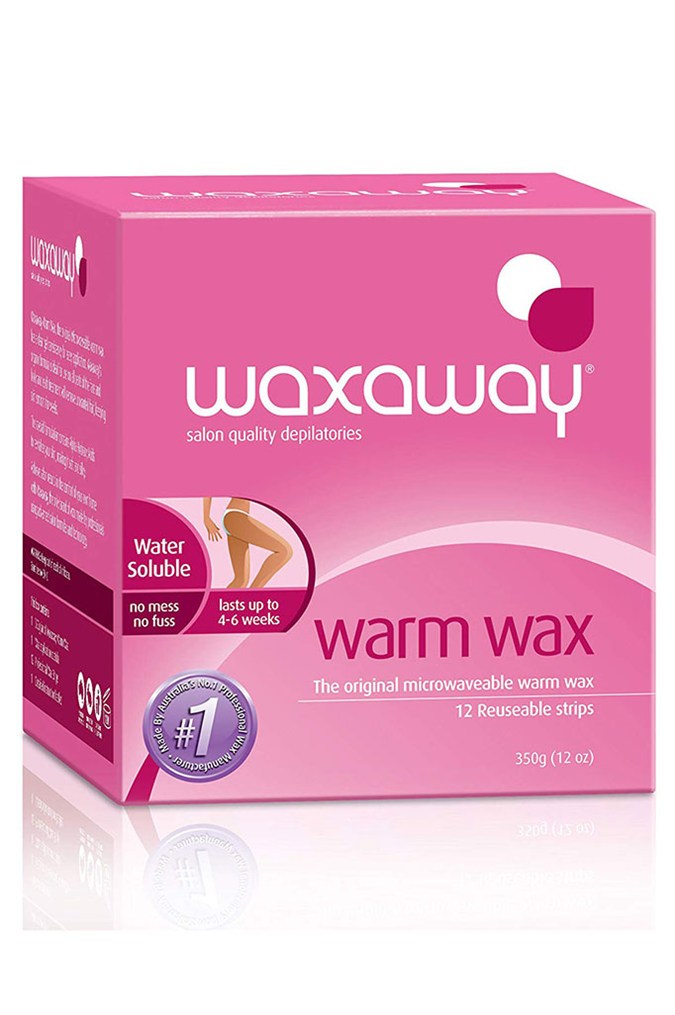6 top ways to remove unwanted facial hair

Discover the methods that will work best for you
Discover the methods that will work best for you
Whether you’re dealing with a scattering of dark coarse hairs, a blanket of peach fuzz or a few strays that always seem to show up during that time of the month (read: hormonal hair growth), facial hair can be a cause of concern for many. Luckily, there are a number of different ways to remove unwanted facial hairs quickly and effectively. We asked hair removal expert Daniela Costa of Daniela Costa Brows and Beauty to run us through the pros and cons of six different removal methods so you can choose the right one for you.
#1 / Threading
Originating in India, Costa explains threading as a hair removal process that “works by using strings that have been twisted in a specific pattern to pull out unwanted hairs from the follicle”. She adds, this method “can remove short rows of hair rather than pulling out single hairs at a time".
Suitable for all skin types, threading has become a popular method of in-salon hair removal for those wanting to benefit from long-lasting results (note: this is not a technique you can do at home yourself). Because hair is removed directly from the root, skin will stay smooth and hair-free for anywhere between four to six weeks. That being said, the process is not without its downsides. According to Costa, threading “can be quite painful and only smaller areas can be threaded at any one time”. Additionally, some growth is required before you can begin threading in order for the string to be able to wrap around and remove the hair effectively.
Recommended treatment area: While threading can be done on all areas of the face, Costa notes people typically choose to thread their eyebrows, upper lip or chin area, or remove excess hair from their forehead.
Who it’s best for: Those who have naturally sensitive skin or take certain medications that cause skin sensitivity such as Roaccutane or retin-A. This is because other forms of hair removal such as waxing and depilatory creams are likely to cause skin irritation for these skin types.
#2 / Waxing
One of the most popular forms of facial hair removal, waxing involves “applying either a hot wax or wax strip to the desired area, with hair being removed by pulling it from the root,” explains Costa. She adds that one of the biggest drawcards of waxing is that “there are a number of waxing varieties to choose from to suit your hair removal needs, whether you’re completing your waxing regimen in the salon or at home”. For instance, single-sided wax strips, larger wax strips and hot wax are all readily available if you choose to go down the waxing route. Similar to threading, you can expect to remain hair-free for up to six weeks after waxing.
Recommended treatment area: “Waxing can be performed on all areas of the face, from eyebrow to lip and chin, however, my preference is to use wax for eyebrows as it works really well to create a perfectly sculpted brow shape,” says Costa.
Who it’s best for: Those who aren’t prone to skin sensitivity and want a longer-lasting hair-free result across all areas of the face (and body).
If you’re looking to try your hand at at-home waxing, we like Nair Precision Single Sided Wax Strips, Veet Face Strips with EasyGrip for Sensitive Skin and Waxaway Warm Wax.

Nair Precision Single Sided Wax Strips

Veet Face Strips with EasyGrip for Sensitive Skin

Waxaway Warm Wax
#3 / Tweezing
For easy removal of stray hairs, tweezing should be your go-to. Costa explains that plucking is a great way to remove the odd hormonal chin or lip hair because it quickly and effectively removes hairs directly from the root with minimal pain. She also notes that “it’s a simple and inexpensive process that can be done in the comfort of your home in seconds and with zero mess”.
Recommended treatment area: In addition to removing unwanted lip or chin hairs that seem to pop up overnight, tweezing is great when “used in conjunction with waxing to really refine an eyebrow shape or too remove stray hairs that may be too short to wax,” says Costa.
Who it’s best for: Those looking for a quick, effective and cheap way to remove single stray hairs.
#4 / Shaving
Shaving is a quick and painless way to remove facial hair. However, when shaving, the blades on the razor are only able to slice through hairs on the surface of the skin – instead of directly removing the hair from the root like threading, waxing and plucking – so Costa notes “most people will notice hair growth after just 24 hours”. And while it’s ok to shave your face to remove unwanted hairs, it’s important to use a clean razor and shave in the direction of the hair growth in order to prevent irritation.
Recommended treatment area: Unlike waxing or tweezing, it’s tricky to precisely remove hairs when shaving. As a result, it’s better to stick to removing hair from larger surface areas like your sideburns and cheeks.
Who it’s best for: Those after a quick, affordable and effective method of hair removal where long-lasting results aren’t a top priority.
#5 / Depilatory creams
Also known as hair removal creams, depilatory creams “are a form of hair removal where a liquid or cream is applied to the area of the body you wish to remove hair from,” explains Costa. She adds, “Each cream contains ingredients that are designed to break down the hair, essentially dissolving it, before allowing it to wash away from the surface”. While depilatory creams are a great and pain-free way to remove hairs, Costa notes they’re not for everyone. “They can’t be used on all skin types because some of the chemicals in the formula can irritate, especially when used incorrectly.” As a result, it’s essential to follow the manufacturer’s instructions and do a patch test prior to hair removal.
Recommended treatment area: Depilatory creams can be used on the lip, chin and sideburns, says Costa.
Who it’s best for: Those who are after a longer-lasting result than shaving, but can’t tolerate the pain of waxing.
#6 / Laser hair removal
If you’re after long-term results and are willing to invest the money, laser hair removal is for you. Laser treatments are already a popular way to remove unwanted hairs on legs, armpits and around the bikini line, and can also be used to prevent hair growth on the face. Laser hair removal treatments work by directing a wavelength at the pigment in your hair follicles. Once that wavelength passes through the skin, it’s converted into heat and absorbed by your hair’s dark pigment. This absorption process effectively damages to follicle enough to prevent future growth. While results vary from person to person, you can expect to remain hair-free for anywhere between one to six months post-treatment.
Recommended treatment area: Facial laser hair removal treatments are typically performed above the lips, chin, neck and sideburns.
Who it’s best for: Since the laser isn’t able to differentiate between the pigment in skin and the pigment in hair, laser treatments are recommended for those with lighter skin tones who have dark hairs due to the greater contrast between the skin and hairs.
If you want to tackle hair removal on other parts of your body, follow our top tips for getting a closer shave this summer.
How do you remove unwanted facial hair? Let us know in the comments below.
Main image credit: @lilyjcollins

Kate started working for BEAUTYcrew in early 2016, first as a contributor, and was then named Beauty Writer in 2017. She loves picking the brains of the industry's top experts to get to the bottom of beauty's toughest questions. Bronze eyeshadow palettes are her weakness and she's forever on the hunt for the perfect nude nail polish to suit her fair skin. Her words can also be found in Men's Health magazine, and she now works in PR.







